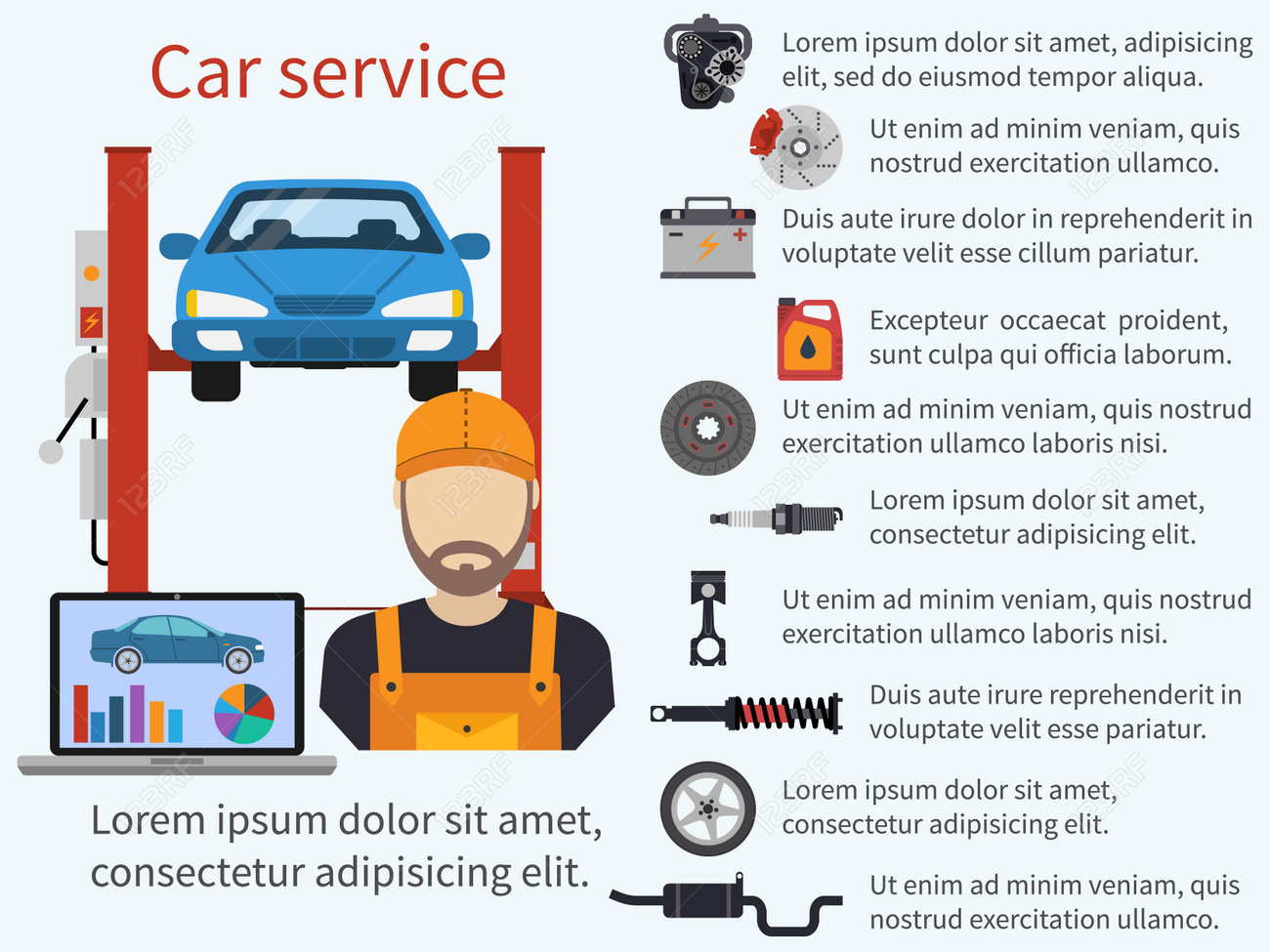Decoding Your Vehicle'S Caution Indicators: What They Really Symbolize
Decoding Your Vehicle'S Caution Indicators: What They Really Symbolize
Blog Article
Write- navigate to this site Developed By-Lauritsen Dalgaard
When you lag the wheel, those glowing caution lights on your control panel can be a bit puzzling. Do you recognize what they're trying to inform you regarding your automobile's health? Comprehending the relevance of these lights is crucial for your safety and the durability of your vehicle. So, the following time among those lights pops up, would not you intend to decode its message precisely and take the required steps to resolve it?
Common Warning Lighting and Interpretations
Determine common warning lights in your vehicle and understand their meanings to guarantee secure driving.
One of the most common warning lights include the check engine light, which indicates issues with the engine or exhausts system. If this light begins, it's important to have your car checked promptly.
simply click the following site warning light shows reduced oil stress, requiring immediate focus to stop engine damage.
A flashing battery light could recommend a faulty billing system, possibly leaving you stranded otherwise dealt with.
The tire pressure tracking system (TPMS) light informs you to low tire pressure, influencing car security and gas efficiency. Overlooking this can result in unsafe driving conditions.
The abdominal muscle light indicates a problem with the anti-lock stopping system, endangering your capability to quit quickly in emergency situations.
Lastly, the coolant temperature cautioning light warns of engine getting too hot, which can cause serious damage if not fixed swiftly.
Recognizing these common warning lights will help you deal with problems quickly and maintain safe driving conditions.
Value of Prompt Interest
Comprehending the typical caution lights in your automobile is only the very first step; the significance of immediately resolving these cautions can't be highlighted enough to guarantee your safety and security when traveling.
When a caution light illuminates on your dashboard, it's your automobile's way of connecting a prospective concern that requires interest. Overlooking these cautions can cause more serious troubles down the road, jeopardizing your safety and potentially costing you more in repairs.
Trigger focus to alerting lights can protect against failures and accidents. For instance, a blinking check engine light could indicate a misfire that, if left ignored, can trigger damage to the catalytic converter. Resolving this quickly can conserve you from an expensive fixing.
In a similar way, a brake system cautioning light might indicate low brake liquid or used brake pads, important components for your security when driving.
DIY Troubleshooting Tips
If you observe a caution light on your control panel, there are a couple of do it yourself fixing suggestions you can try prior to seeking expert assistance.
https://codyrlgbu.smblogsites.com/31202906/intrigued-in-understanding-the-caution-lights-on-your-automobile-s-control-panel-discover-their-relevance-for-your-vehicle-s-safety-and-general-condition is to consult your vehicle's handbook to understand what the specific warning light suggests. In some cases the concern can be as straightforward as a loosened gas cap triggering the check engine light. Tightening up the gas cap may fix the issue.
One more common concern is a low battery, which can cause various alerting lights. Inspecting the battery links for corrosion and ensuring they're safe might take care of the trouble.
If a warning light persists, you can attempt resetting it by separating the automobile's battery for a couple of mins and then reconnecting it. In addition, examining your car's liquid degrees, such as oil, coolant, and brake fluid, can assist troubleshoot warning lights associated with these systems.
car detailing supplies nz
To conclude, recognizing your cars and truck's warning lights is crucial for keeping your vehicle running efficiently and safely. By immediately resolving these notifies and understanding what they mean, you can avoid pricey repair work and potential malfunctions.
Keep in mind to consult your vehicle's handbook for particular details on each advising light and take action accordingly to ensure a hassle-free driving experience.
Remain educated, stay secure on the road!
